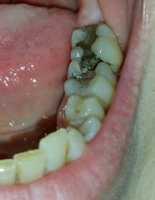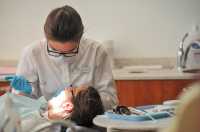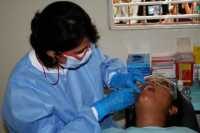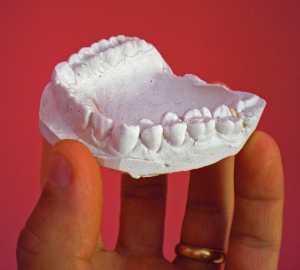Author Interviews, Dental Research, Stem Cells / 05.07.2019
New Research Opens Door To Growing New Teeth
MedicalResearch.com Interview with:
Dr. Ivan V. Reva
Senior Researcher, Laboratory of Cellular and Molecular Neurobiology
School of Biomedicine, Far Eastern Federal University (FEFU)
MedicalResearch.com: What are the prerequisites for this study?
Response: The existence of congenital and acquired malformations of the teeth and jaws and the many shortcomings of artificial implants dictate the search for alternative methods of treatment of adentia. The prerequisites were the study of the development of the human gastrointestinal tract in the embryonic period, since it is during this period that all the most significant events occur in the structuring of all parts of the gastrointestinal tract, especially the oral cavity, the knowledge of which is necessary for developing a strategy for regenerative medicine. This is associated with obtaining ideas about cell-cell interactions for the cultivation of bioengineering structures of various sections of the gastrointestinal tract, including jaws and teeth.
 It was noted that the differentiation of the structures of the developing jaws is ahead of other divisions. The presence of chromophobic spindle-shaped cells migrating in the direction of the tooth rudiments and their location in the region surrounding the enamel organ indicates intercellular interactions in the development of teeth in humans that differ from these processes in lower vertebrates. At the present stage, it is known that ectomesenchyme is involved in cell assemblies participating in the development of dentin. (more…)
It was noted that the differentiation of the structures of the developing jaws is ahead of other divisions. The presence of chromophobic spindle-shaped cells migrating in the direction of the tooth rudiments and their location in the region surrounding the enamel organ indicates intercellular interactions in the development of teeth in humans that differ from these processes in lower vertebrates. At the present stage, it is known that ectomesenchyme is involved in cell assemblies participating in the development of dentin. (more…)
 It was noted that the differentiation of the structures of the developing jaws is ahead of other divisions. The presence of chromophobic spindle-shaped cells migrating in the direction of the tooth rudiments and their location in the region surrounding the enamel organ indicates intercellular interactions in the development of teeth in humans that differ from these processes in lower vertebrates. At the present stage, it is known that ectomesenchyme is involved in cell assemblies participating in the development of dentin. (more…)
It was noted that the differentiation of the structures of the developing jaws is ahead of other divisions. The presence of chromophobic spindle-shaped cells migrating in the direction of the tooth rudiments and their location in the region surrounding the enamel organ indicates intercellular interactions in the development of teeth in humans that differ from these processes in lower vertebrates. At the present stage, it is known that ectomesenchyme is involved in cell assemblies participating in the development of dentin. (more…)















